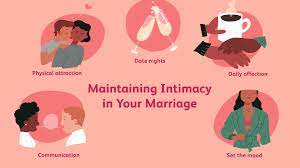 |
| Human sex and relation |
Many people confuse love, commitment, and sex, or assume the three always go hand-in-hand. There Human sex are many ways to express (Human Sex)love, and you don’t need to have sex with someone to show them you love them. Having sex with someone also does not necessarily mean Human Sex you are in love with them.
Sexual relationships work best when everybody is clear about what they want. If you don’t tell your partner what you want, you might human sex and relation find you expect different sex and relaton things. One of you might be looking for a fling, and the other a marriage!
Having sex in a committed human sex and relationship can make people feel closer and more loving. Having sex in non-committed relationship human sex can also be lots of fun and can make people feel like better friends. Whether you have a one night fling or a fifty-year marriage, it is very important that you like, respect and trust human sex your partner and that you feel liked, respected and trusted by them, as well.
When entering into a new relationship human sex and throughout the course of a relationship (since our expectations often change over time!), talk human sex and relationship about whether you want a relationship that is:
- Committed or non-committed? Do you want a commitment such as marriage, long-term dating, raising children, sharing finances, and/or sharing a home, or do you want a less (Human sex and relationship)committed dating relationship?
- Friendly or Romantic? Do you want a relationship that is based on friendship, or do you prefer a romantic, emotionally intimate relationship?
- Sexual or non-sexual? Do you expect that Human sex and relation you will want to have sex with this person? If you do, are there some sexual activities you want to do and others you do not?
- Monogamous or non-monogamous? Do you want Human Sex And relation your relationship to be only with that person, so that you each have sex only with each other, or not, so that you and your partner have sex with other people?





No comments:
Post a Comment